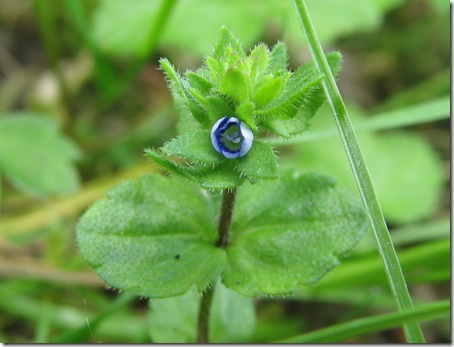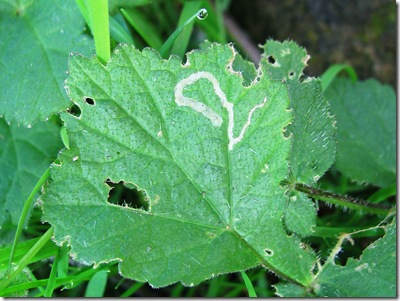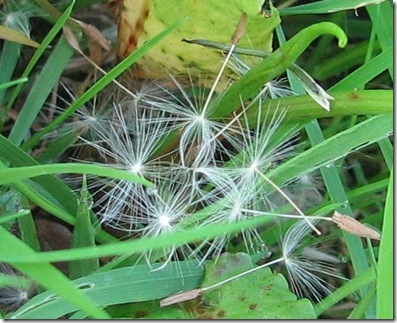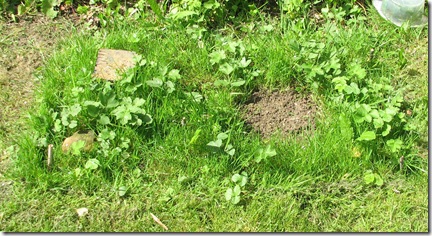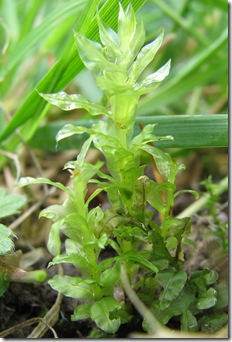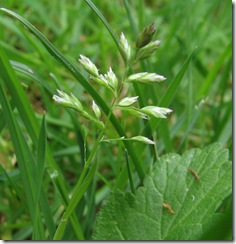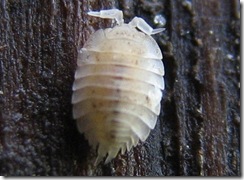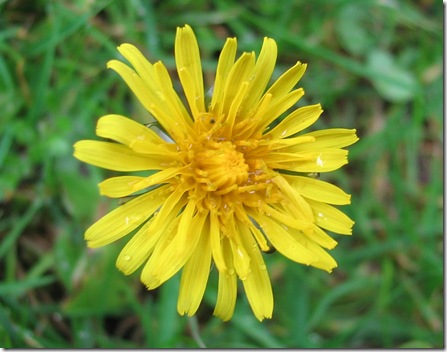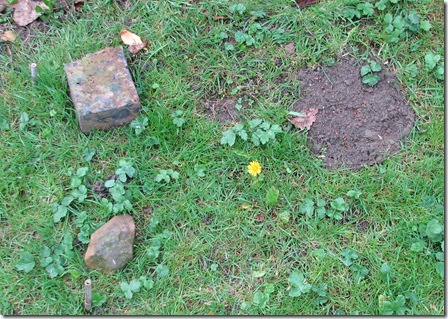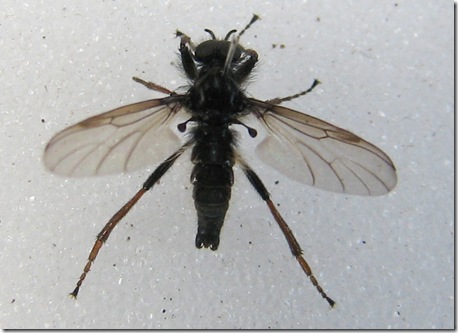We have had showers over several days, but it remains cold for mid-April and growth is slow.
However, the invertebrate records are growing. Yesterday there was a small white slug, possibly Lehmania valentiana, though this will need checking. There were also two snails under the half brick, both I think Oxychilus alliarius, the garlic snail. I have kept both alive in a polythene box to try and make a firm ID in due course.
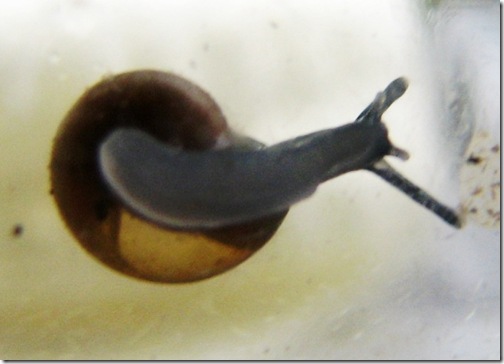
Today there was a larger slug with go-faster stripes. A member of the Arion hortensis group (only separable to species level with dissection). A key characteristic is the dark band on the right had side arching over the pneumostome, visible in the picture below as the depression in the mantle towards to right hand end of the slug. It is a common species and often a garden and greenhouse pest.
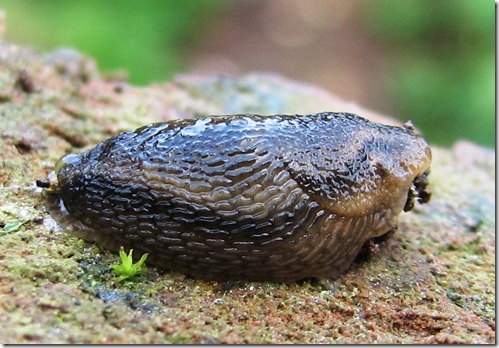
There were also two flea beetles (awaiting identification) and a small predatory creature, the minute pirate bug, Orius vicinus that preys mainly on mites and aphids.
I have noticed that some insects seem to like resting on the bars of the metal crate I use to cover the area (to stop rabbit grazing and trampling by children). I suspect that I will find much from scrutinising these bars as well as from the ground and its vegetation below.
One of the dandelions has produced a bud.

